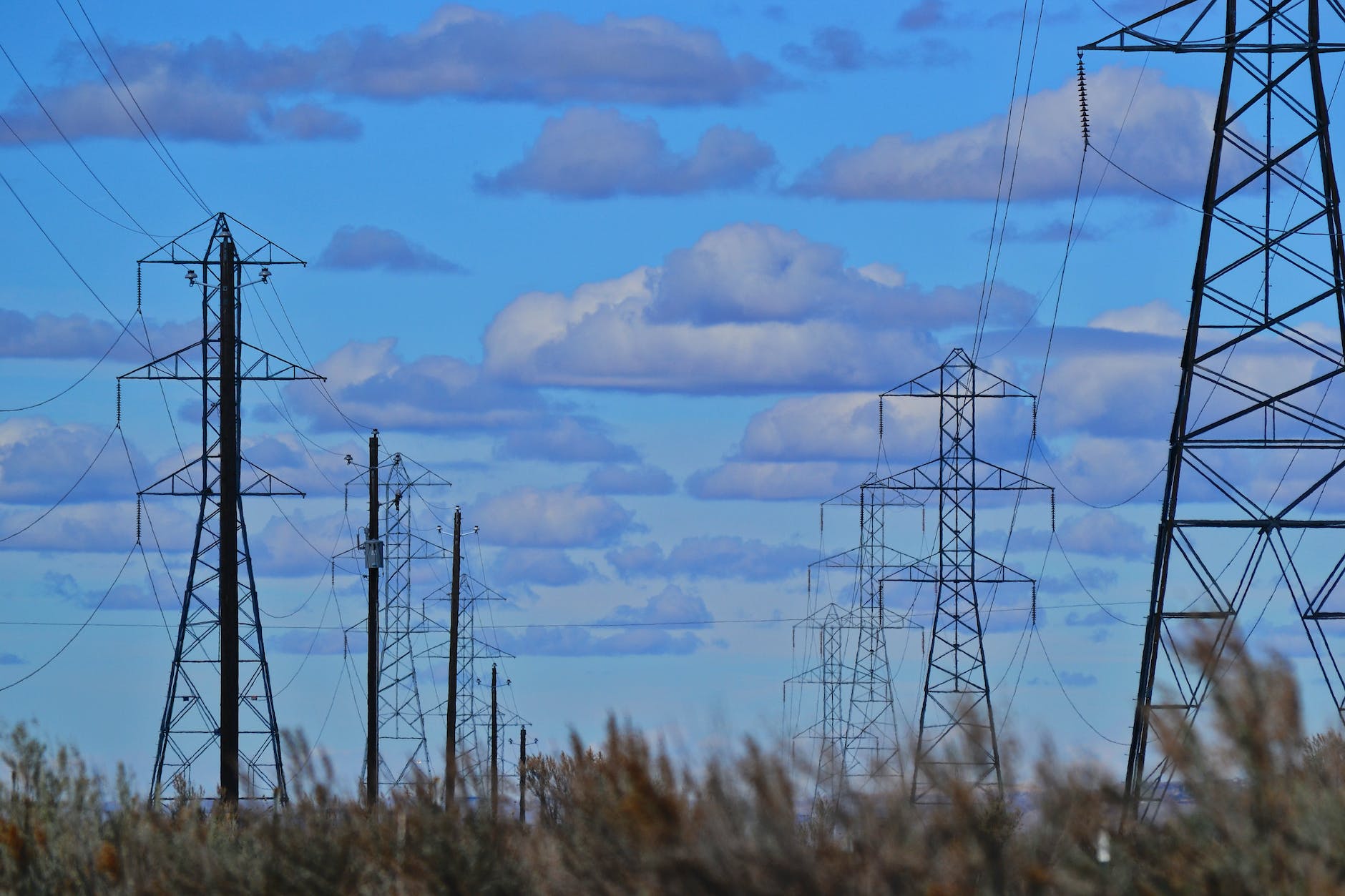
By, Mohammed Almutaman Abdalellah Fadalalmola, Student at Sudan University of Science and Technology
The integration of advanced technologies into the smart grid has revolutionized the way electricity is generated, distributed, and consumed. The technology enables localized grouping of electricity generation, energy storage, and loads that can generate a low voltage from distributed generators such as solar and wind. The usage of electric vehicles has led to the development of Grid-to-Vehicle (G2V) and Vehicle-to-Grid (V2G) concepts. The emergence of the Virtual Power Plant (VPP) concept was spurred by the increasing proportion of Distributed Energy Resources (DER) and the demand for dependable, accessible, and high-quality electrical services.
However, the implementation of smart grid technologies in third-world countries faces significant obstacles, including economic problems, lack of government priorities, constraints imposed by first-world countries, resistance from oil companies, and war in many third-world countries. Therefore, while smart grid technologies may seem like a promising solution, significant obstacles need to be addressed before they can be implemented successfully in developing nations.
The smart grid is an innovative technology that has become a global interest due to its potential to revolutionize the energy sector. One of the key elements of the smart grid is the microgrid. This technology enables localized grouping of electricity generation, energy storage, and loads that can generate a low voltage from distributed generators such as solar and wind. The microgrid can function autonomously, which protects the conventional grid failures and helps localize fault areas in real-time.
The emergence of the Virtual Power Plant (VPP) concept was spurred by the increasing proportion of Distributed Energy Resources (DER) and the demand for dependable, accessible, and high-quality electrical services. Essentially, a VPP is a power plant that comprises numerous distributed generation sources operating as a unified entity to fulfill supply requirements with numerous benefits. While it may be challenging to differentiate between the VPP and concepts, it is safe to say that the former is made up of numerous microgrids. The VPP is more efficient than traditional grids and facilitates the identification and resolution of issues related to renewable energy resources.
The implementation of smart grid technologies in third-world countries has been a topic of interest among researchers. However, the obstacles that come with it cannot be overlooked. One of the most significant barriers is that many third-world governments do not prioritize electricity utility. Economic problems also have a massive impact on people’s way of life, leading them to opt for the cheapest way of generating electricity, even if it goes against environmental protection rules. Furthermore, constraints imposed by first-world countries and the procedures of oil companies to resist renewable energy construction further exacerbate the problem. The wars in many third-world countries make renewable energy sources a luxury not suitable for these areas. Additionally, many citizens are unaware of the dangers of using conventional sources of energy. Finally, the cost of renewable energy is not cheap in these countries, making it challenging to implement. Therefore, while smart grid technologies may seem like a promising solution, there are significant obstacles that need to be addressed before they can be implemented successfully in third-world countries.
In conclusion, smart grids are the future, with numerous benefits. Researchers have made significant progress in developing technologies and concepts for these intelligent grids. This article provides an overview of smart grids and related technologies, as well as obstacles to their implementation in developing countries. Addressing these challenges is crucial to creating a smarter, more efficient, and sustainable energy system for the future.
About author

Mohammed Almutaman Abdalellah Fadlalmola, is a highly motivated and dedicated individual who is passionate about the field of smart grids. Currently, in his final year of studies at the Sudan University of Science and Technology. For the past three years, he has been involved in the field of smart grids and has conducted extensive research on the latest trends and technologies. His scientific paper titled “An Overview of the New Generation Grids (Smart Grid)” reflects my deep understanding of this field. Renewable energy, power systems, and energy efficiency are his areas of interest. He believes that smart grids have the potential to revolutionize the way we generate, distribute, and consume energy, and he is committed to finding innovative solutions to the world’s energy challenges.
He has a strong work ethic and is always eager to learn new things. His ability to work effectively with others on various projects has been demonstrated time and again. With his passion for smart grids and dedication to his work, his confident that he will make a significant contribution to the field in the years to come.
References
- X. Fang, S. Misra, G. Xue and D. Yang, “Smart Grid — The New and Improved Power Grid: A Survey,” in IEEE Communications Surveys & Tutorials, vol. 14, no. 4, pp. 944-980, Fourth Quarter 2012, doi: 10.1109/SURV.2011.101911.00087.
- M. peik-Herfeh, H. Seifi and M. K. Sheikh-EL-Eslami,”Decision making of a virtual power plant under uncertainties for bidding in a dayahead market using point estimate method”, International Journal of Electrical Power and Energy Systems, vol.44, 2013,pp.88-98.
- C. S. Ioakimidis, L. Oliveira, K. N. Genikomsakis, and P. Rycerski,”A Virtual Power Plant with the use of the Energy Box in a Smart Grid concept “, Renewable Energy and Power Quality Journal (RE&PQJ),Vol.1, No.11, March 2013,ISSN 2172-038 X .
